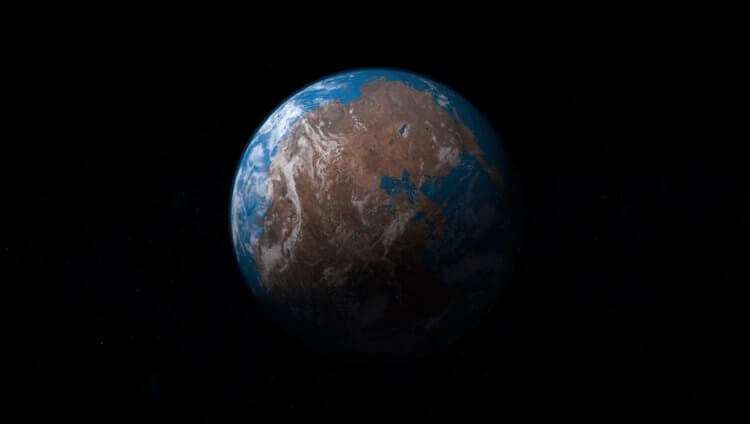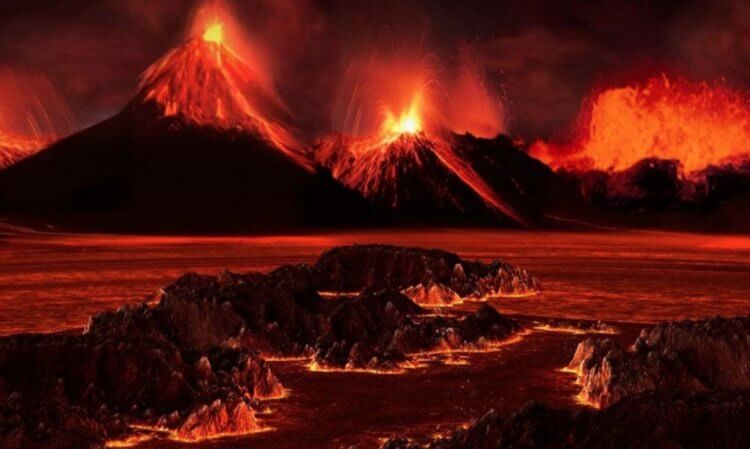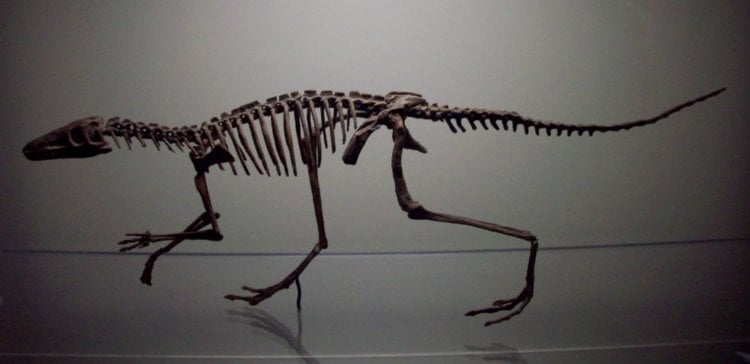In the 1970s, geologists found strange layers in rocks that were approximately 232 million years old. They were discovered in the Alps, as well as in Great Britain. At the time when these layers were on the surface, the Earth was very dry, and then suddenly heavy rains began – this was clearly hinted at by the composition of the ancient rocks. Long periods of rain are common in some parts of the world even today. For example, in the Indian village of Mawsynram it rains most of the year. However, there was a time in the history of our planet when the rains did not stop for 1–2 million years. Scientists believe that it was during this period that dinosaurs turned into huge monsters that threatened all living things in their path. Scientists have already found out why it rained for so long.

Rains for 2 million years helped dinosaurs become the most formidable animals in the history of the Earth
What was the Earth like during the time of dinosaurs
The times when heavy rains did not stop on Earth are calledCarnian pluvial eventJudging by the age of the rocks that were formed under the influence of high humidity, rainfall struck our planet approximately 232 million years ago.

The time in which long rains fell on Earth is also known as a Carnian pluvial episode
Millions of years ago, planet Earth looked completely different from what it does today. During the time of endless rains, the world consisted of one continent – Pangea. It consisted of the united continents of Gondwana, Laurussia and Siberia. If you want to look at an interactive map of the world of those times, read our material “Where was your home during the time of the dinosaurs?”
The consequences of volcanic eruptions in ancient times
Scientists believe that heavy rains millions of years ago began after strong volcanic eruptions, of which there were especially many on Earth at that time. During their activity, huge amounts of greenhouse pollutants such as carbon dioxide were released into the air. As a result of the greenhouse effect and the heating of water to “hot soup temperature,” liquid from the ocean surrounding Pangea evaporated, turned into clouds and spilled onto land.

Millions of years ago, the Earth was like hell
The times of the Carnian Pluvial Event were very harsh. Researchers believe that volcanic eruptions easily generated acid rain and other destructive natural phenomena. Under such conditions, many animals and plants that existed at that time were forever wiped off the face of the Earth. This is especially true for aquatic inhabitants, who were literally boiled in water.
Read also:What was the life expectancy of dinosaurs – you will be surprised
How dinosaurs appeared< /h2>
But for dinosaurs this time was the beginning of dawn. Initially, they were small creatures the size of a cat or dog. They were predators, but not as strong as later dinosaurs – they only became so after the rainy times.
One of the very first dinosaurs on Earth were Marasuchus. They lived in the territory of modern Argentina and were small creatures approximately 1.3 meters long. They were very similar to well-known dinosaurs like the Tyrannosaurus rex – their front legs were almost half as long as their hind legs. According to scientists, marazukhas were able to walk on both two and four legs. Their food consisted of insects and small reptiles.

Skeleton of Marazukh – one of the very first dinosaurs on Earth
When there were fewer animals on Earth, early dinosaurs had the opportunity to occupy the highest positions in the food chain. Over millions of years, they have evolved, adapting to new environmental conditions. When they became larger and more dangerous, the heavy rains had already stopped. After that, they were the main inhabitants of the Earth for many millions of years. They disappeared only after the fall of a huge asteroid (and not only), which led to many years of cold weather. And even then, dinosaurs did not disappear without a trace – representatives of many species of modern birds are their descendants.
Be sure to subscribe to our Zen and Telegram channels. This way you won't miss anything important!
Some types of dinosaurs have acquired a fantastic appearance, which is very difficult to imagine. For example, in 2023, my colleague Andrei Zhukov said that once upon a time, dinosaurs with a 15-meter neck lived in what is now China. In fact, it's longer than most buses. The owners of the longest neck in the world were the sauropod species Mamenchisaurus sinocanadorum, which lived on our planet approximately 106 million years ago. Scientists managed to recreate the appearance of these creatures – you can see the images in the article “A dinosaur with a 15-meter neck lived in China.”